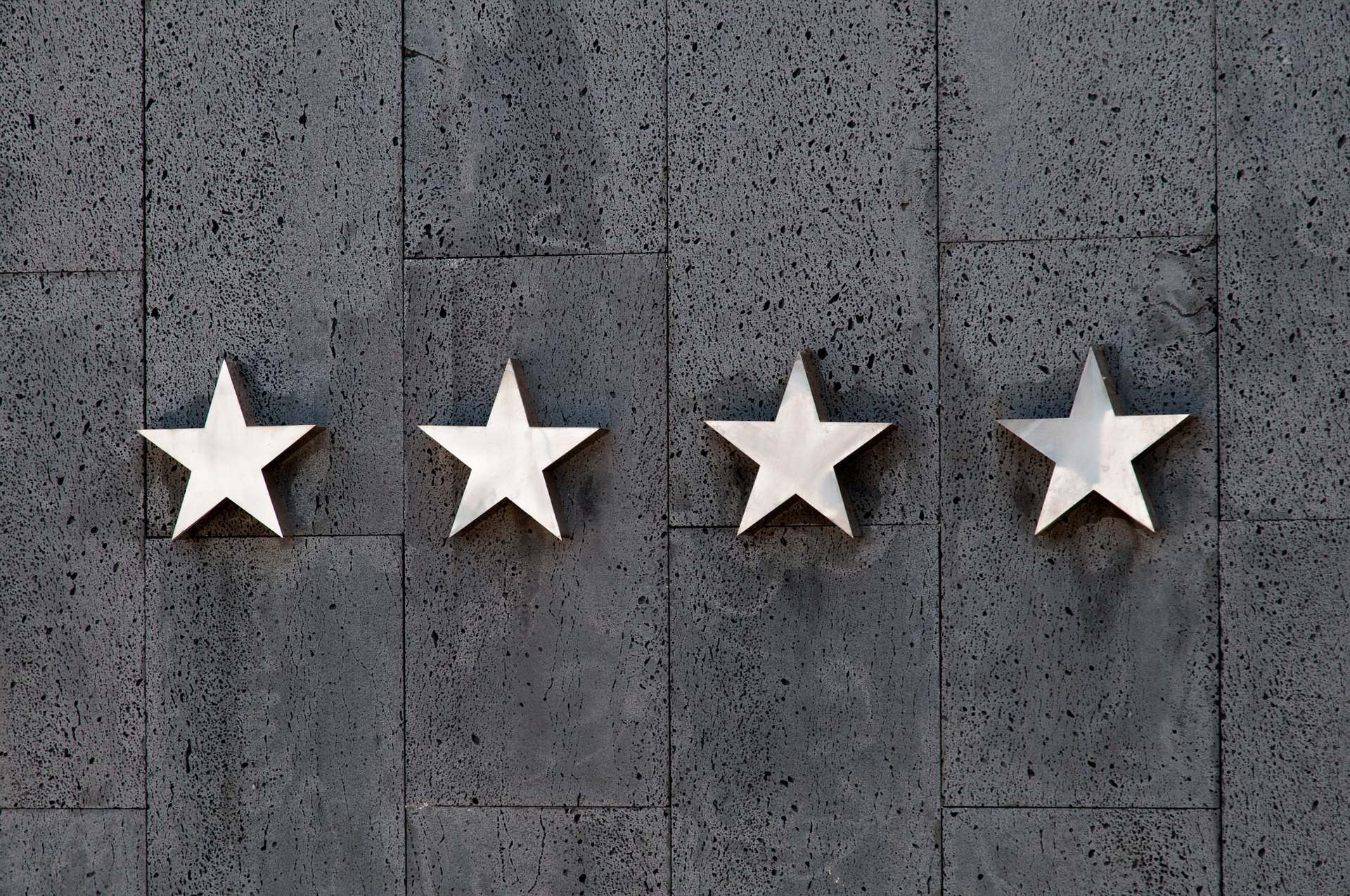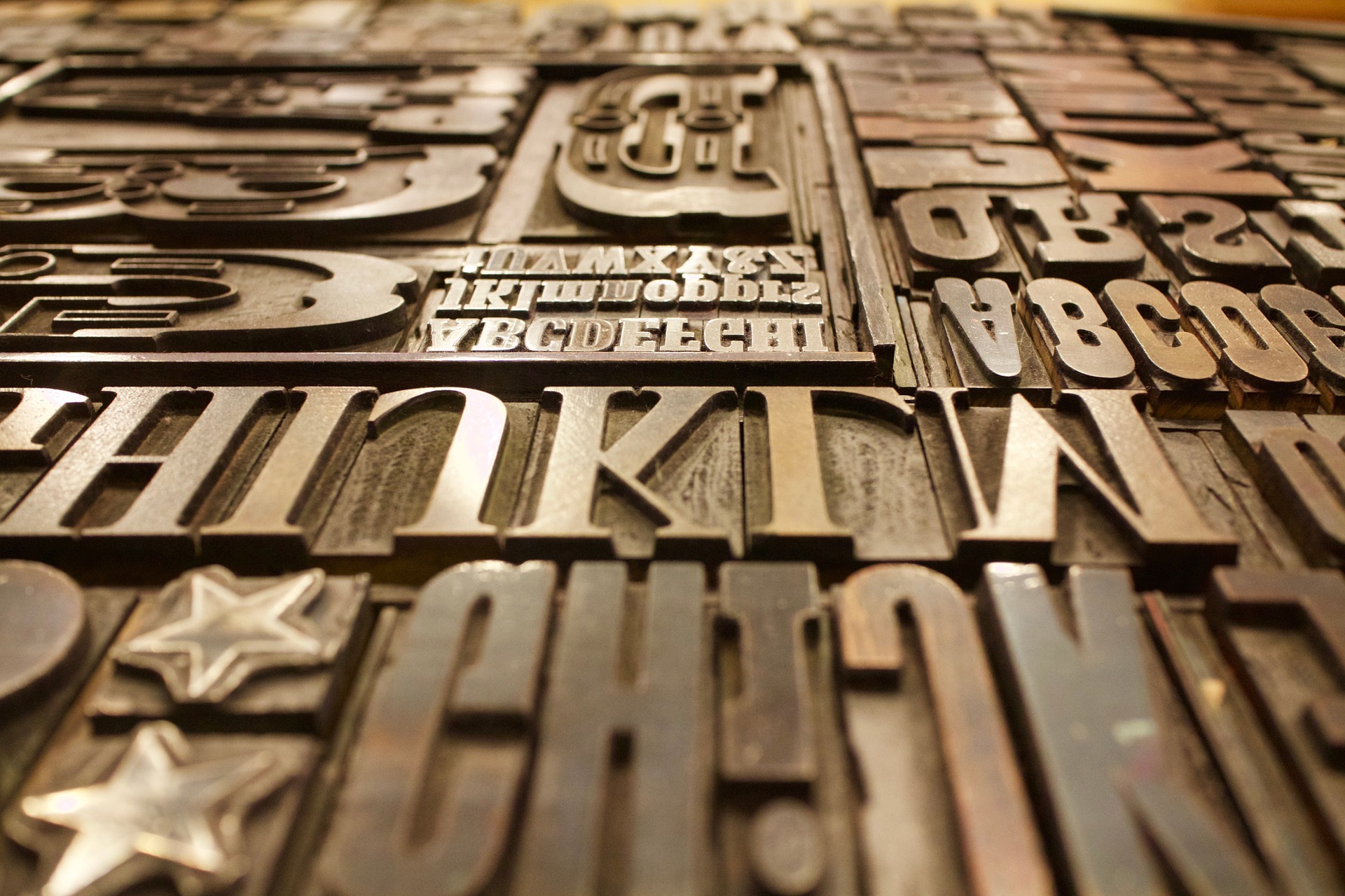In travel and tourism PR the goal is to promote the visitor experience offered by your client’s destination. From producing and supporting local events to leveraging influential personalities to tell your story, there are a variety of tactics you can use to get a place or property in front of the right people.
So how do you build visibility? Here are some go-to travel PR tips:
Know your destination inside and out. It’s important to become familiar with everything your spot has to offer. Visit often and take notes and photos to provide a rich sensory picture for journalists. Pay particular attention to what differentiates it from competitive destinations.
Slice and dice your media. Divide your media contacts into categories, from food and family, to fashion and beauty, to entertainment. Keep each in mind when considering story angles and tailor pitches to the various verticals.
Highlight events. This is especially important if you’re planning a FAM trip, but even without that perq, let reporters know about the area’s key events as well as off-the-beaten-path, “only-in-your-area” opportunities. It’s especially important to target the calendar listings editors and see if anyone is pulling together any event round-up stories.
Find the fascinating. For most writers, just the announcement of a new chef or a re-designed hotel ballroom isn’t terribly compelling. But, if the chef is also an extreme mountain climber or the hotel ballroom has all been redesigned in 14-carat gold wallpaper – you might have yourself a story!
Create buzz with big announcements. Make sure you know details in advance and develop a strategic announcement / outreach plan. Rebrandings, key anniversaries or new ad campaigns; new hotels and restaurants; positive tourism statistics – all make for a great reason to stay in front of your contacts.
Practically speaking. Make your mailings memorable but don’t send large PDFs and/or JPGs of dozens of high resolution images. Let someone know what is available and fulfill their request when asked.
Any travel PR tips you’d like to share? Let us know in the comments!









